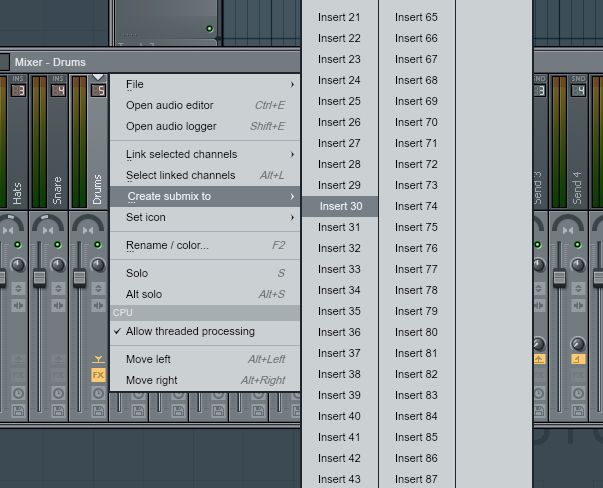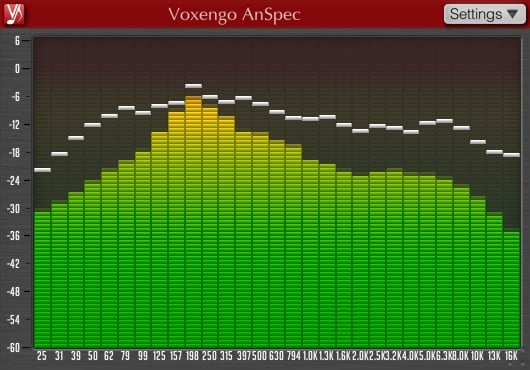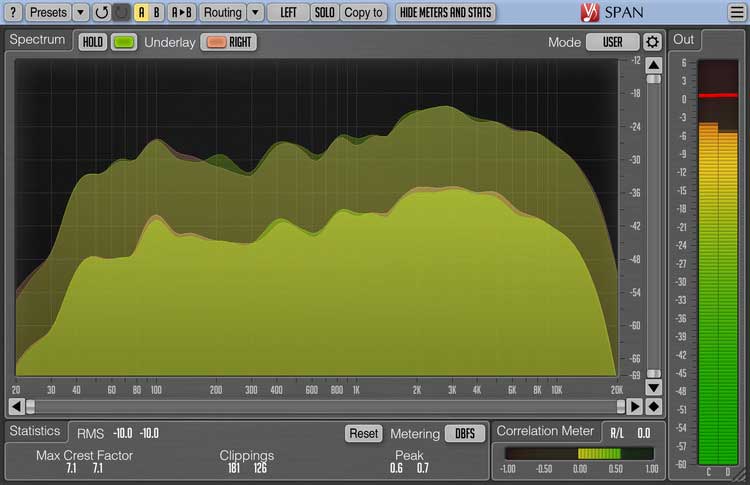
Today, we’ll be covering how to utilize a spectrum analyzer, the importance of using your eyes, and where things are most likely to go wrong. We now use processing techniques that would have “colored” a sound in the analog days, and utilize them to instead add harmonic content/frequencies, that otherwise would’ve produced detrimental results. The digital domain produced new breeds of plugins/effects that made it possible to ruin a mix, even with a considerably decent ear. Though mixing with your eyes only has always be considered a “no-no” in the engineering world, the process of making music has become increasingly more visual in the past decade. Some of you might be wondering if it’s even important to worry about these things since you can’t hear it anyway? The answer is (and always will be) yes As it can be felt throughout your body and can also add some funky factors to a mix that you didn’t even realize was there. Let me explain why… Our ears are indisputably the best tools we possess in our arsenal, but for beginners (and veterans alike) there are sounds that can be particularly difficult to accurately perceive and even frequencies that can go completely undetected by the human ear for many reasons: from your system (or lack thereof) to the construction of the room you’re mixing in.



You’ve all heard the famous saying “mix with your ears, not with your eyes” and though it remains a true and valid statement, it shouldn’t be taken so literally. You’ll find yourself not wanting to go a single session without one, nor should you. Spectrum Analysis may seem pretty confusing at first, but once you learn/understand the basics I promise it will be fairly simple to comprehend and utilize.


 0 kommentar(er)
0 kommentar(er)
